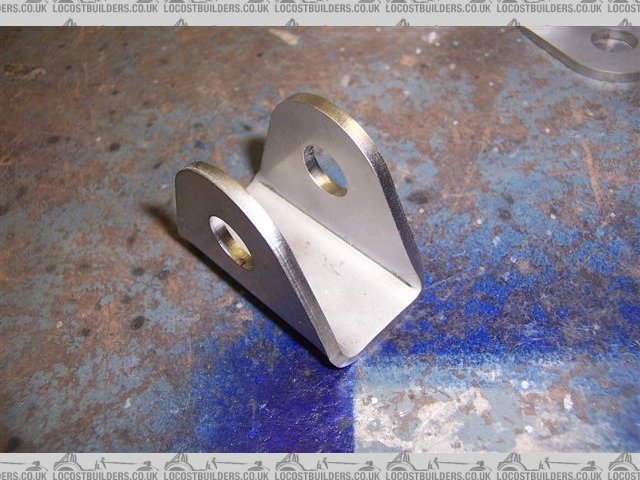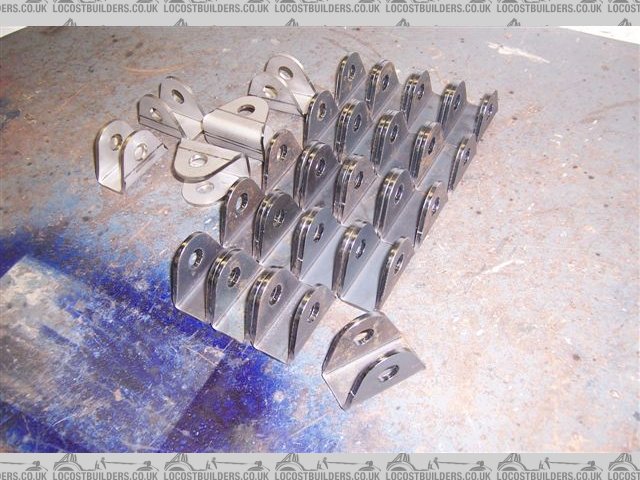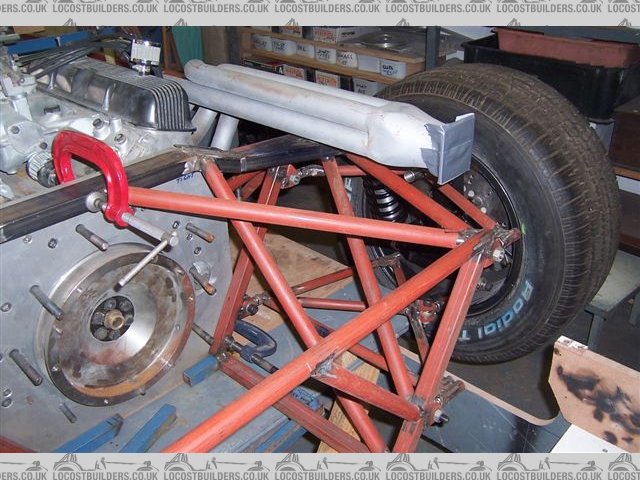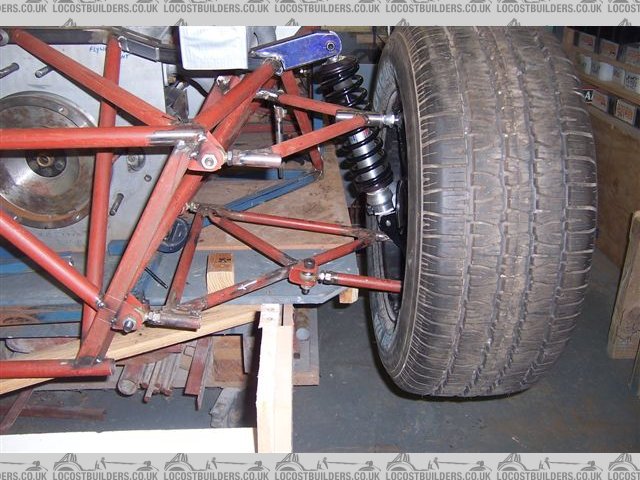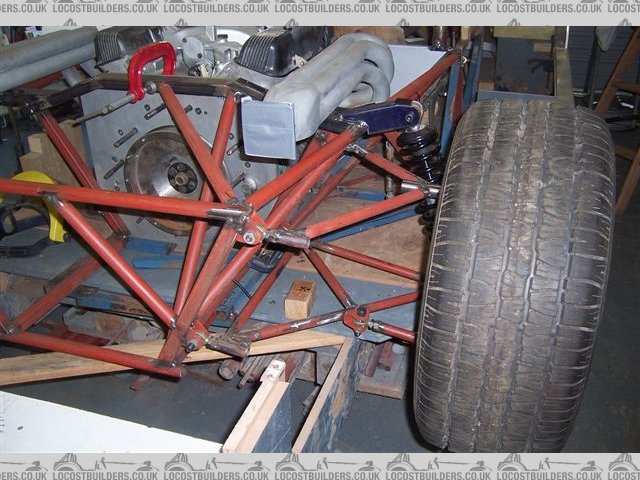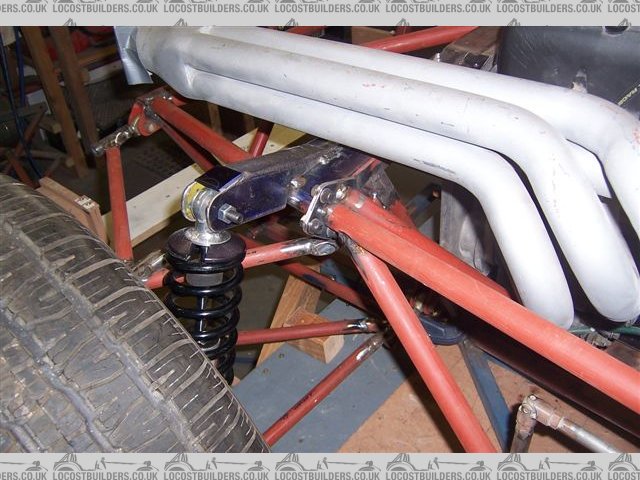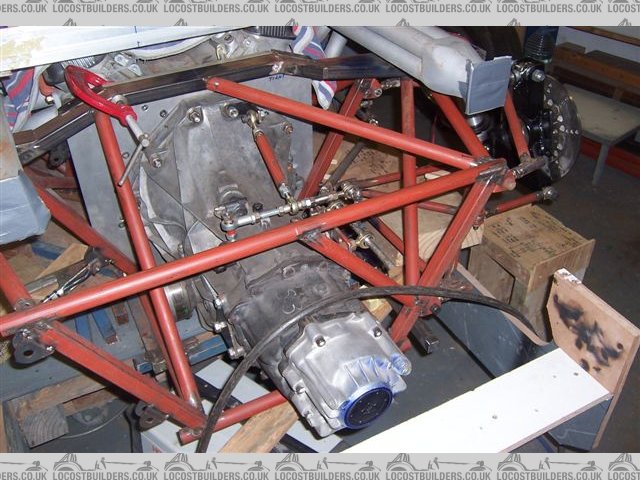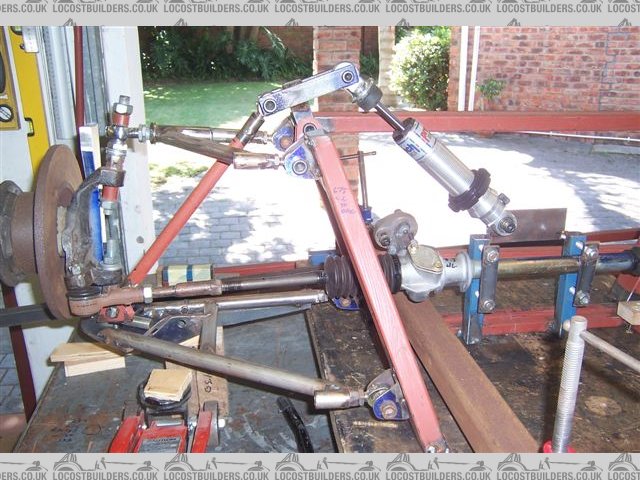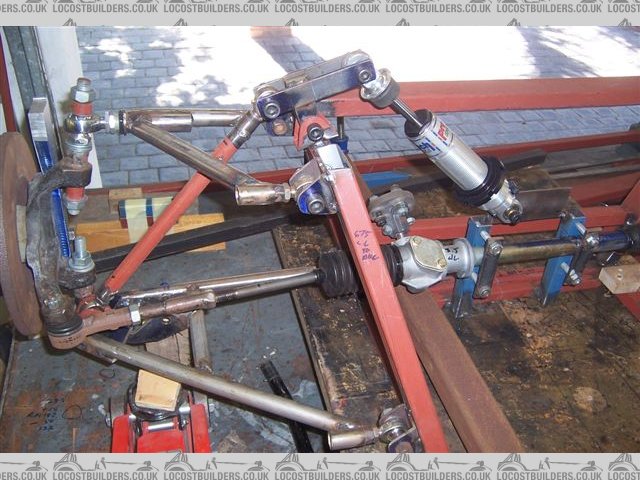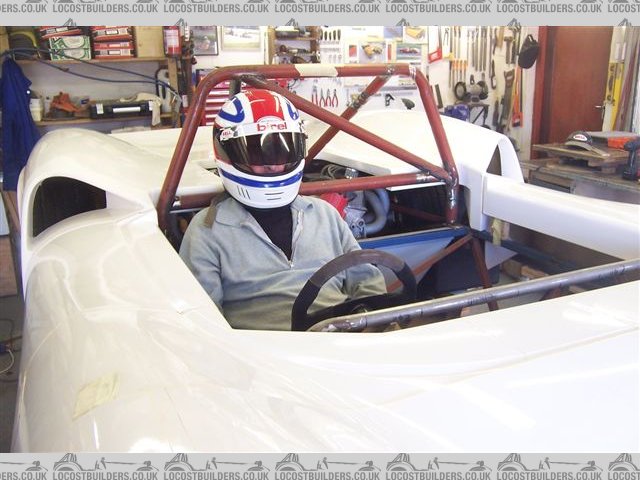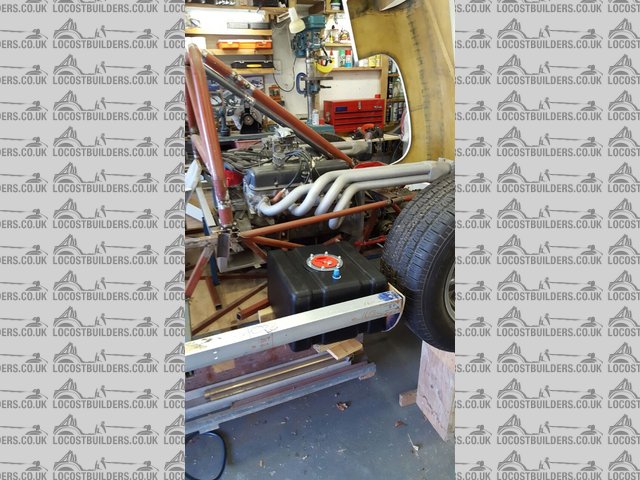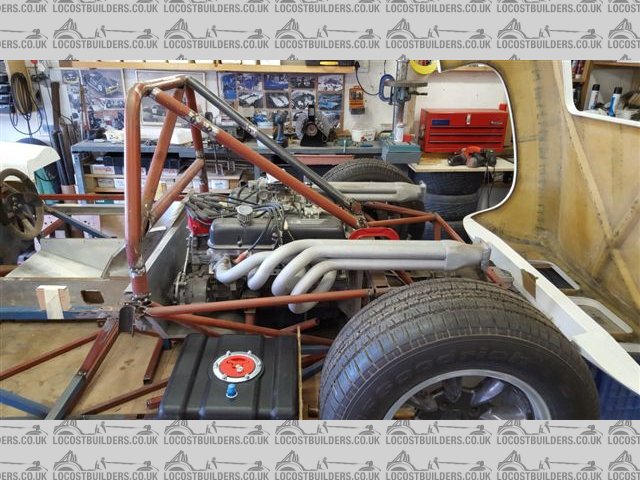Thanks for the comments Guys
Front uprights - Although I did spend some time messing about with the detail in the interest of just getting on with it I am going to, at least initially, use standard (non optimal) Cortina uprights, with adaptors to the rod ends. Eventually I might make some improved geometry ones.
Cheers
Fred W B
Front uprights - Although I did spend some time messing about with the detail in the interest of just getting on with it I am going to, at least initially, use standard (non optimal) Cortina uprights, with adaptors to the rod ends. Eventually I might make some improved geometry ones.
Cheers
Fred W B

